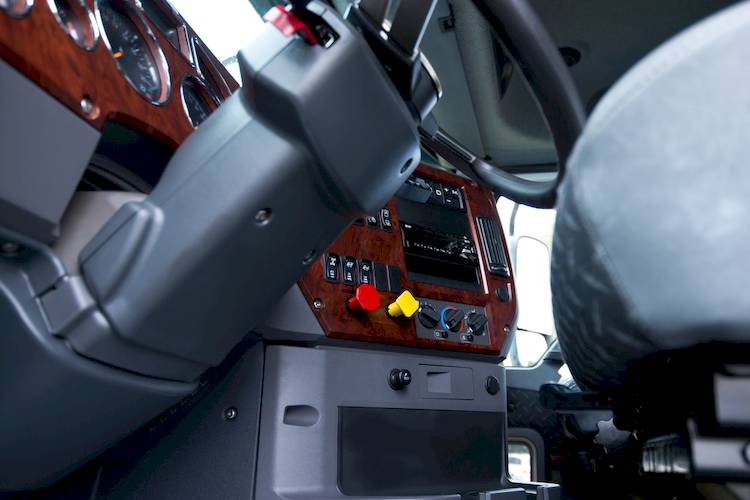

Prior to the addition of electronic ignition controls on today's modern cars, the steering column actuator was the primary component that ensured your key stayed inside the ignition and didn't fall out. For people who own vehicles produced prior to 2007, this component can be troublesome; breaking when you least expect or can afford it to happen. There are a few symptoms that you can recognize that will give you some early signs that an issue with your steering column actuator is developing, so you can replace your steering column actuator before it causes serious problems.
How does the steering column actuator work?
It's important to understand what this part does so you can recognize the warning signs we'll document below. Every time you insert the key into an ignition switch, there are multiple mechanical levers (or tumblers) located inside the steering column that work together to engage the ignition switch. One of these parts is a metal rod and a link that triggers an electrical signal to your engine starter and keeps your key securely locked inside the ignition switch. This is the steering column actuator.
Noted below are a few of the warning signs and symptoms that may indicate that a problem with your steering column actuator exists.
1. Difficulty starting the car
When you turn the key on your ignition, it draws power from the battery and sends a signal to the starter to activate the process. However, if you turn your key and nothing happens, it's a solid indication that an issue with your steering column actuator exists. If you attempt to turn the key and it take a few times for the starter to activate, this is also a sign that the actuator is starting to wear out and needs to be replaced.
2. Key can be taken out of ignition switch anytime
As we indicated above, the steering actuator is a locking mechanism that keeps your key solid while it's inside your ignition switch. At no time should your key be able to move. If you are able to remove your key from the ignition while the key is engaged in the start or accessory position, this means that the steering column actuator is broken.
If this occurs, you need to refrain from operating your vehicle immediately and contact a local ASE Certified mechanic to replace the steering column actuator and inspect other steering column components to ensure nothing else is broken.
3. No resistance on the key
When you insert the key into your ignition and press the key forward, you should feel some resistance to the key; especially when you're in "start mode". If you're able to go directly to the "start mode" without feeling some sort of resistance; it's a good indicator that a problem with the steering column actuator exists.
If you notice this warning signs, make sure to contact a local ASE certified mechanic so you can have this looked at, diagnosed and repaired. If the steering column actuator breaks, your car will become unsafe to drive.
4. Overheating ignition switch
A bad ignition switch or broken steering column actuator will also generate heat due to overheating in the electrical current. If you notice that your key and ignition switch is warm to the touch, this is also a potentially dangerous situation that should be examined by a professional mechanic.
5. Pay attention to dashboard lights
Natural wear and tear will eventually cause your steering column actuator to break. When this occurs, it can happen without warning signs like we've listed above. However, since this item is hooked up to the electrical system on your dashboard, you'll know whether it's working if some dashboard lights turn on when you turn the ignition switch. On many older cars, the Brake Light, Oil Pressure Light or the Battery Light will turn on as soon as you turn the key. If you turn the ignition and these lights do not illuminate, it's a good sign that the switch is wearing out – or may be broken.
Anytime you recognize any of the above warning symptoms of a bad or failing steering column actuator, don't hesitate or delay; contact a local ASE certified mechanic to inspect and repair this issue before driving the vehicle.



